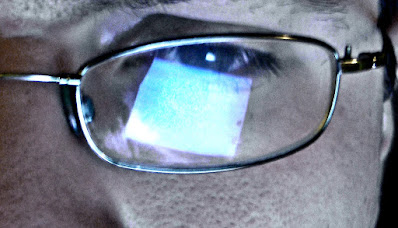FITBYTE ATTACHES TO GLASSES TO TRACK YOUR DIET
A brand-new wearable can help individuals track their food practices with high integrity, scientists record.
FitByte, a noninvasive, wearable noticing system, combines the discovery of sound, resonance, and movement to increase precision and decrease incorrect positives. It tracks behavior patterns to assist users get to their health and wellness objectives, offering a way to understand the connection in between diet and illness, and to monitor the effectiveness of therapy.
The device tracks all stages of food consumption. It spots chewing, ingesting, hand-to-mouth motions, and visuals of consumption, and can connect to any set of customer eyeglasses.
"The primary sensing units on the device are accelerometers and gyroscopes, which remain in almost every device at this moment, such as your phones and your views," says Mayank Goel, an aide teacher in the Institute for Software Research and the Human-Computer Communication Institute at Carnegie Mellon College.
HOW FITBYTE WORKS
An infrared distance sensing unit spots hand-to-mouth motions. To determine chewing, the system monitors jaw motion using 4 gyroscopes about the wearer's ears. The sensing units appearance behind the ear to track the bending of the temporal muscle as the user moves their jaw.
High-speed accelerometers put close to the glasses' earpiece view throat resonances throughout ingesting. The new technology addresses the longstanding challenge of accurately spotting drinking and the consumption of soft points such as yogurt and gelato.
A small video cam at the front of the glasses factors down to catch simply the location about the mouth and just transforms on when the model spots the user consuming or drinking.
"To address problems of personal privacy, we're presently processing everything offline," says Abdelkareem Bedri, an HCII doctoral trainee. "The caught pictures are not common anywhere other than the user's telephone."
At this moment, the system depends on users to determine the food and drink in pictures. But the research group has plans for a bigger test implementation, which will provide the information deep learning models need to immediately discern food kind.
INDOORS AND OUTDOORS
The scientists evaluated FitByte in 5 unconstrained circumstances consisting of a lunch meeting, watching TV, having actually a fast treat, working out in a fitness center, and hiking outdoors. Modeling throughout such loud information allows the formula to generalize throughout problems.
"Our group can take sensing unit information and find habits patterns. In what circumstances do individuals take in one of the most? Are they binge consuming? Do they consume more when they're alone or with other individuals? We are also functioning with clinicians and practitioners on the problems they had prefer to address," Goel says.
The group will proceed developing the system, including more noninvasive sensing units that will permit the model to spot blood sugar degrees and various other important physical measures. The scientists are also producing a user interface for a mobile application that could share information with users in actual time.
The Conference on Human Consider Computing Systems (CHI 2020), scheduled for this month but terminated because of the COVID-19 pandemic, approved the paper for discussion.


